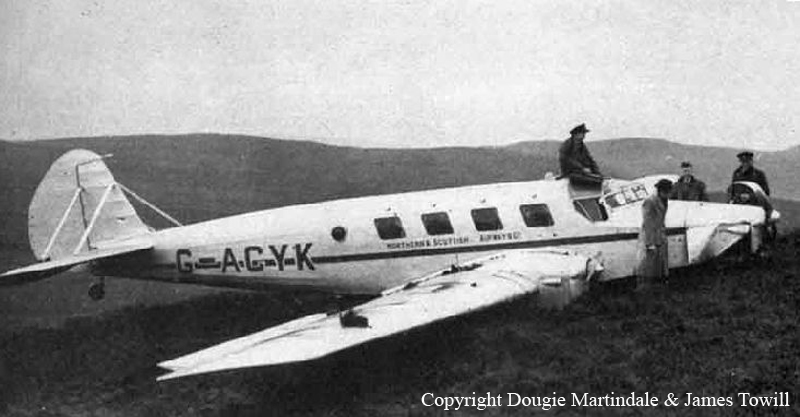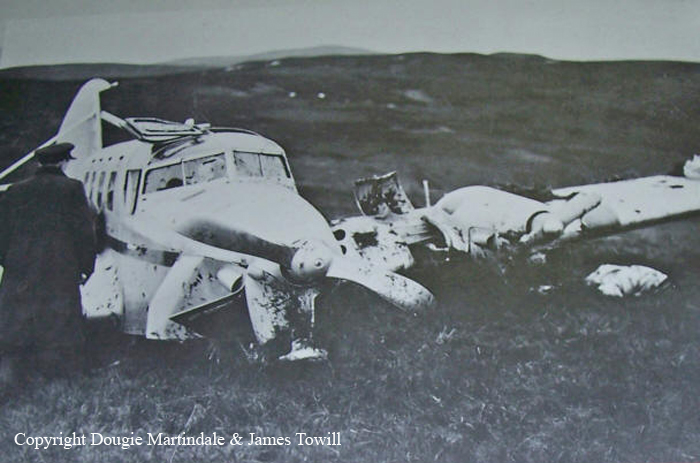Crash of an Avro 694 Lincoln B.2 in Boizenburg: 7 killed
Date & Time:
Mar 12, 1953 at 1430 LT
Registration:
RF531
Survivors:
No
Schedule:
Leconfield – Berlin
Crew on board:
7
Crew fatalities:
Pax on board:
0
Pax fatalities:
Other fatalities:
Total fatalities:
7
Circumstances:
En route, the four engine bomber was shot down by the pilot of a Soviet AF MiG-15 and crashed in Boizenburg, killing all seven crew members. It is understood tha the aircraft had been attacked after staying off course 'whilst on a routine training mission' from RAF Leconfield to the Airport of Berlin-Gatow. However, that may have been a "cover story" for the aircrafts real mission of ELINT (Electronic Intelligence Gathering) over Soviet-occupied East Germany.
Probable cause:
Shot down by the pilot of a Soviet AF MiG-15.



